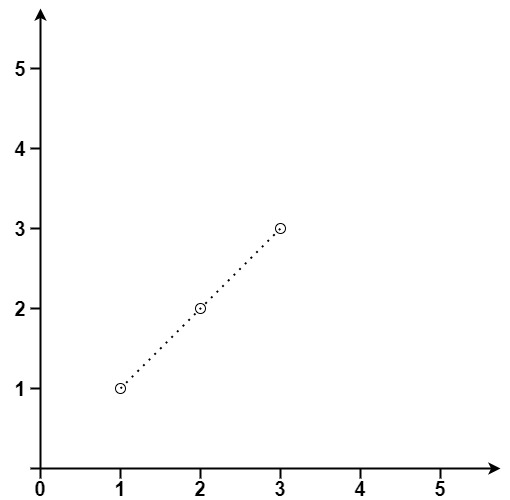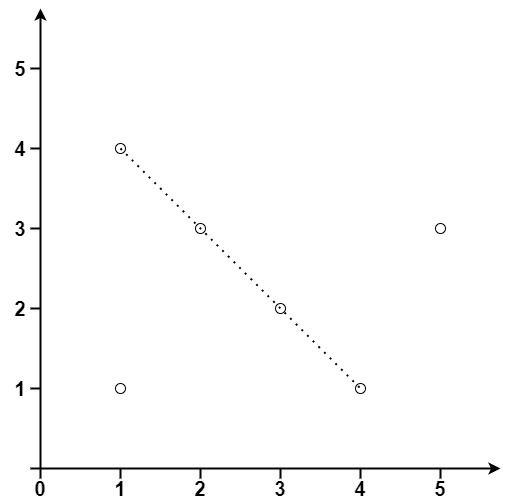2022-06-16
Description
Given an integer array nums, design an algorithm to randomly shuffle the array. All permutations of the array should be equally likely as a result of the shuffling.
Implement the Solution class:
Solution(int[] nums)Initializes the object with the integer arraynums.int[] reset()Resets the array to its original configuration and returns it.int[] shuffle()Returns a random shuffling of the array.
Example 1:
Input
["Solution", "shuffle", "reset", "shuffle"]
[[[1, 2, 3]], [], [], []]
Output
[null, [3, 1, 2], [1, 2, 3], [1, 3, 2]]
Explanation
Solution solution = new Solution([1, 2, 3]);
solution.shuffle(); // Shuffle the array [1,2,3] and return its result.
// Any permutation of [1,2,3] must be equally likely to be returned.
// Example: return [3, 1, 2]
solution.reset(); // Resets the array back to its original configuration [1,2,3]. Return [1, 2, 3]
solution.shuffle(); // Returns the random shuffling of array [1,2,3]. Example: return [1, 3, 2]Constraints:
1 <= nums.length <= 50-10^6 <= nums[i] <= 10^6All the elements of
numsare unique.At most
10^4calls in total will be made toresetandshuffle.
Solution
Approach #0
Approach #1
Description
Write an algorithm to determine if a number n is happy.
A happy number is a number defined by the following process:
Starting with any positive integer, replace the number by the sum of the squares of its digits.
Repeat the process until the number equals 1 (where it will stay), or it loops endlessly in a cycle which does not include 1.
Those numbers for which this process ends in 1 are happy.
Return true if n is a happy number, and false if not.
Example 1:
Example 2:
Constraints:
1 <= n <= 2^31 - 1
Solution
Approach #0: Fast ans slow pointer
Description
Given an array of points where points[i] = [xi, yi] represents a point on the X-Y plane, return the maximum number of points that lie on the same straight line.
Example 1:

Example 2:

Constraints:
1 <= points.length <= 300points[i].length == 2-104 <= xi, yi <= 104All the
pointsare unique.
Solution
Approach #0
Description
Given an array of integers nums and an integer k, return the number of unique k-diff pairs in the array.
A k-diff pair is an integer pair (nums[i], nums[j]), where the following are true:
0 <= i, j < nums.lengthi != jnums[i] - nums[j] == k
Notice that |val| denotes the absolute value of val.
Example 1:
Example 2:
Example 3:
Constraints:
1 <= nums.length <= 10^4-10^7 <= nums[i] <= 10^70 <= k <= 10^7
Solution
Approach #0
Last updated